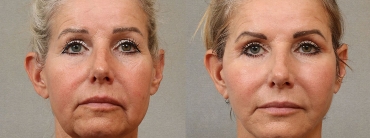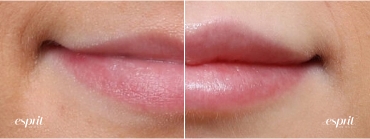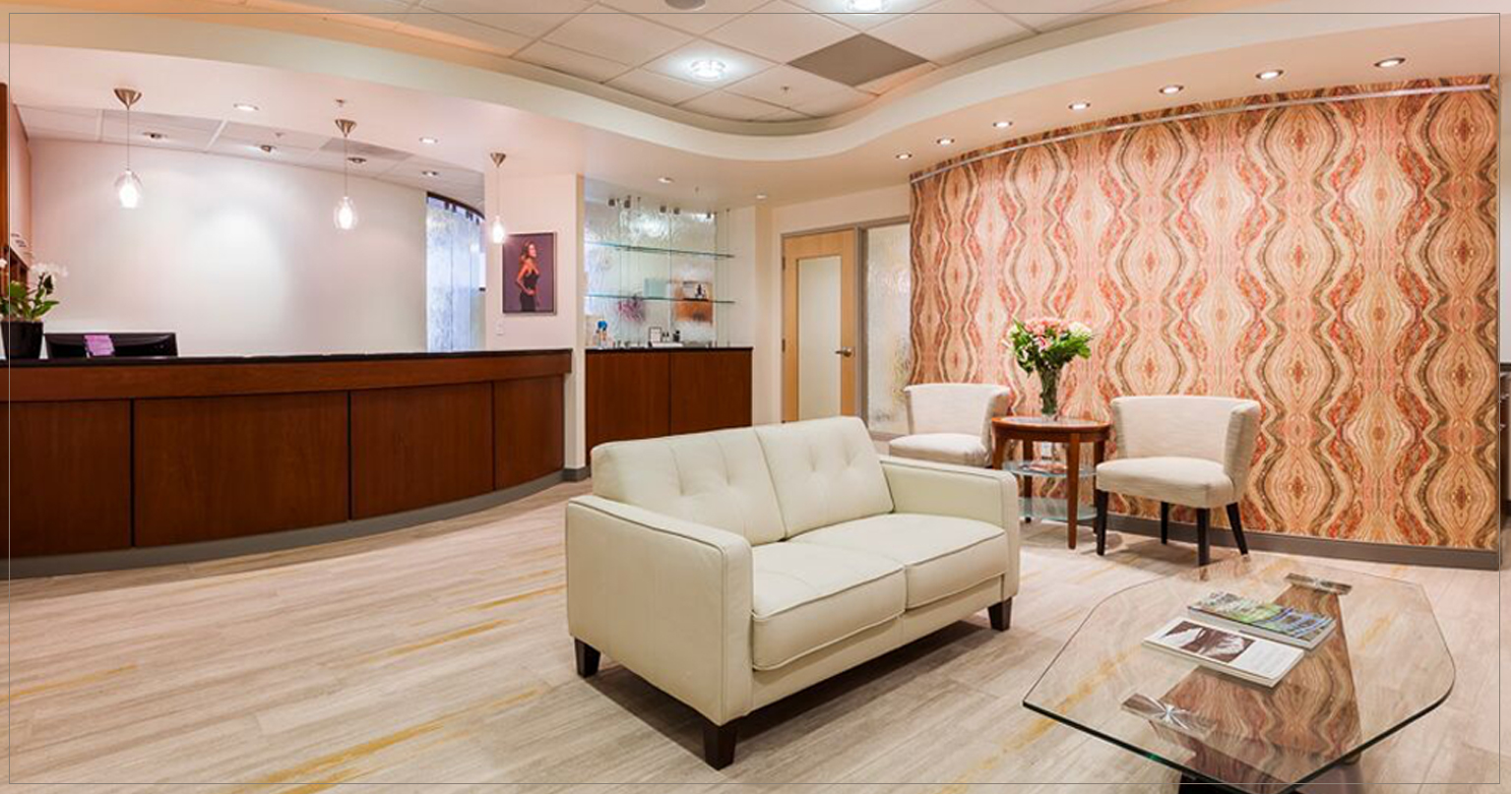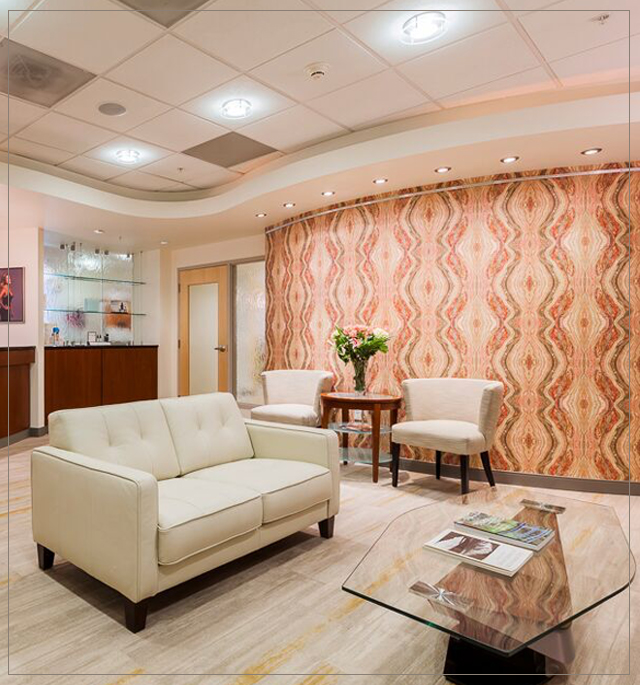Breast Revision Surgery – Portland, OR
Revision surgery after breast augmentation can be successful and rewarding. But it also can be complex and challenging—often requiring advanced techniques such as the use of Galaflex mesh, Durasorb mesh, Tigr mesh, Strattice acellular dermal matrix, autologous fat grafting, or even relocating implants to a new pocket. At Esprit® Cosmetic Surgeons, Dr. Connall has extensive expertise in addressing even the most difficult revision cases. Whether you’re seeking enhanced aesthetics or relief from physical discomfort, our revision procedures offer dramatic improvements that can elevate your self‐esteem and leave you feeling more confident, sexy, and empowered.
Reasons for Breast Revision
Over time, factors such as aging, changes in body weight, or complications from your initial breast augmentation, lift, or reduction procedure may lead you to consider revision surgery. Some women require adjustments within the first year, while others decide on revisions years later. Whether it’s to achieve the perfect size and shape, address issues like implant malposition or capsular contracture, or simply to boost your overall breast aesthetics, a carefully planned revision can make a world of difference in how you feel about your body.
Types of Breast Revision
Breast Implant Exchange For Size
Sometimes the original implant size may not deliver the look you envisioned. Whether you prefer a subtler curve or desire more volume, implants can be exchanged—using the same incision—to achieve precisely the proportions you want. Changes might involve switching from saline to softer silicone gel implants or adjusting the size to better suit your body. This straightforward exchange can reinvigorate your appearance and enhance your confidence.
Breast Implant Exchange For Implant Failure
In the event of an implant rupture, revision surgery is essential. Using the existing scar as an access point, the problematic implant is removed and replaced with a new one. With the rupture of a silicone gel implant, the tissues are cleansed, and the gel is thoroughly removed. Dr. Connall’s proven techniques ensure that even these unexpected challenges are handled with finesse, restoring both form and function without compromising your natural beauty.
Correction Of Breast Implant Position
Sometimes your implants may not be perfectly placed—whether sitting too high or too low. Revision surgery can reposition the implants for optimal symmetry and balance, using advanced techniques to fine-tune your results. With careful attention to detail, we adjust the implant pocket to deliver the most flattering, natural-looking results that enhance your body image.
Correction Of Capsular Contracture
Capsular contracture, where scar tissue tightens around the implant, can cause firmness and distortion. In advanced cases, the treatment may involve a capsulotomy or capsulectomy—sometimes bolstered using acellular dermal matrices like Strattice or reinforcing meshes such as Galaflex. These innovative methods, combined with precise surgical techniques, help restore softness and a natural contour, relieving discomfort and breathing new life into your silhouette.
Correction Of Breast Ptosis
If your breasts have sagged over time—whether due to aging or the weight of implants—a mastopexy (breast lift) may be needed to reposition the tissue. Revision mastopexy can rejuvenate your profile by lifting and reshaping the breasts, so they appear youthful and vibrant once again.
Removal Of Undesired Breast Implants
For some women, the choice may be to have implants removed entirely. Whether for personal preference or to address complications, the implants are removed through the original incision. Depending on skin elasticity and volume loss, additional procedures—such as a secondary lift or autologous fat grafting—can restore softness and natural fullness, creating a contour that feels right for you.
Breast Reduction Revision
Following a breast reduction, changes in the skin and tissue may occur over time—sometimes necessitating further revision. Whether to correct asymmetries, adjust areolar positioning, or even refine overall breast shape, a gentle revision using the previous scars can fine-tune your results. In some cases, minor volume adjustments with liposuction can perfect the final contour.
Scar Revision After Breast Lift
While mastopexy and reduction scars typically heal well, there are occasions when the scars may thicken or become unsightly. In these instances, scar revision surgery can improve the appearance of your scars by removing the old lines and carefully closing the incision again. Although new scars will form, our expert technique (plus the use of lasers for post-operative scar management) minimizes their impact and helps enhance your overall aesthetic.
Breast Revision Patient Story
Our advanced revision techniques can be life-changing—restoring balance, alleviating discomfort, and enhancing your self-image, so you feel as gorgeous and confident as you deserve. Contact Esprit® Cosmetic Surgeons in Portland today to start your journey toward a renewed, satisfying silhouette.
If you are ready to recover the appearance of your breasts, contact Esprit® Cosmetic Surgeons in Portland to schedule your breast revision surgery. Call (503) 487-2311 or use our online form to get started.






